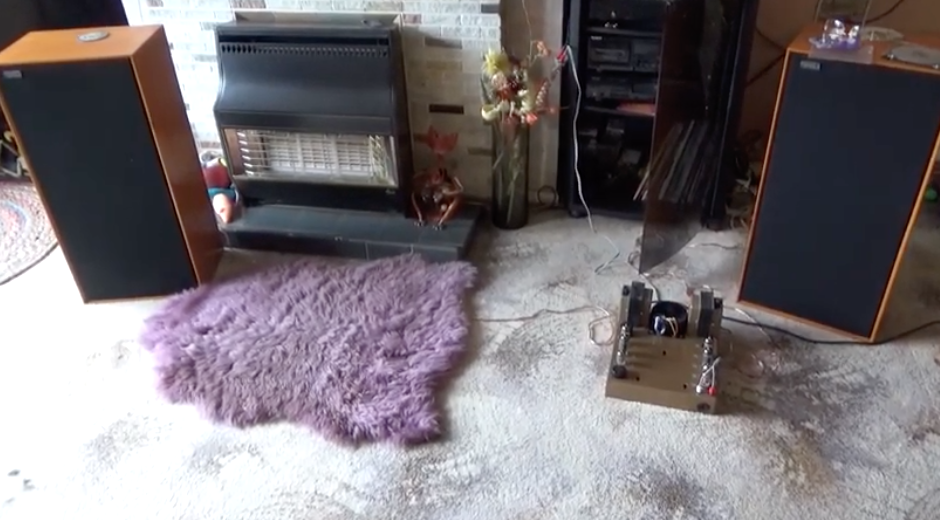Mike P
Trade: Pickwell Audio
Alex, your ST20 is more or less a copy of Tony's. For me this is the right balance of retaining originality, whilst at the same time taking advantage of some modern components.
Yours is built using Takman carbon film resistors, Sprague Atom small electrolytics, F&T large electrolytics and Russian K40y-9 PIO caps.
Deviations from standard spec are that the dual section capacitor at C10 and C11 is 50uF + 50uF rather than the std 33uF+33uF and there's also a extra 33uF in parallel at C12 (easily removed in moments if you so wish).
Yours is built using Takman carbon film resistors, Sprague Atom small electrolytics, F&T large electrolytics and Russian K40y-9 PIO caps.
Deviations from standard spec are that the dual section capacitor at C10 and C11 is 50uF + 50uF rather than the std 33uF+33uF and there's also a extra 33uF in parallel at C12 (easily removed in moments if you so wish).


